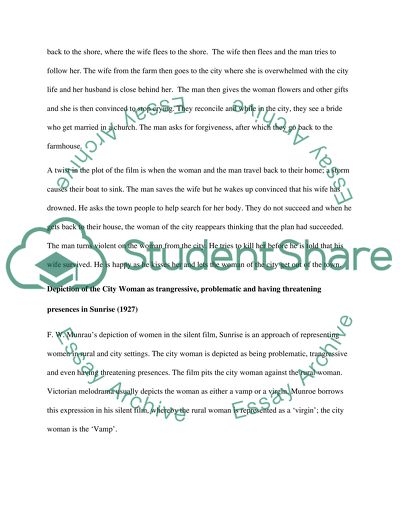Cite this document
(“Analysis Of Film Sunrise Essay Example | Topics and Well Written Essays - 2500 words”, n.d.)
Retrieved from https://studentshare.org/visual-arts-film-studies/1460991-analysis-of-film-sunrise
Retrieved from https://studentshare.org/visual-arts-film-studies/1460991-analysis-of-film-sunrise
(Analysis Of Film Sunrise Essay Example | Topics and Well Written Essays - 2500 Words)
https://studentshare.org/visual-arts-film-studies/1460991-analysis-of-film-sunrise.
https://studentshare.org/visual-arts-film-studies/1460991-analysis-of-film-sunrise.
“Analysis Of Film Sunrise Essay Example | Topics and Well Written Essays - 2500 Words”, n.d. https://studentshare.org/visual-arts-film-studies/1460991-analysis-of-film-sunrise.


